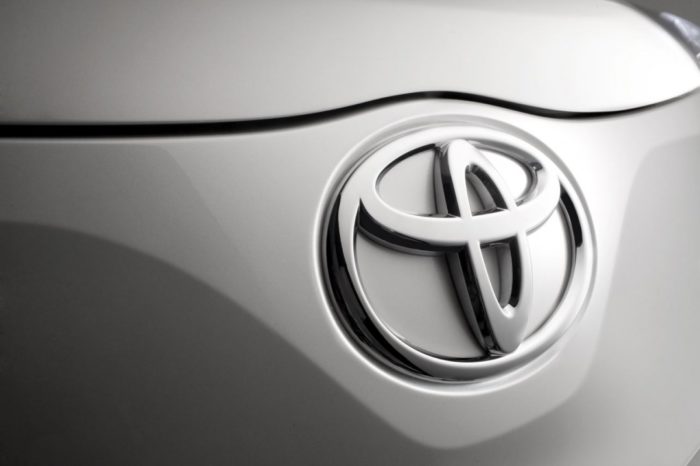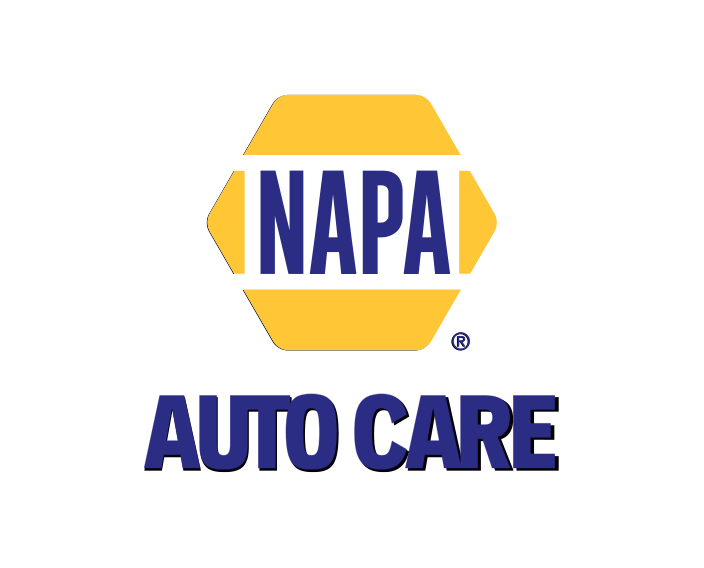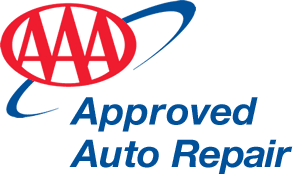Understanding The Rise of the Toyota Carmaker
After World War II bombings, Japanese factories had to regroup. Toyota revolutionized the industry as it streamlined its production schedule.
Ford and General Motors dominated the US (and overseas) car market when back in 1957 a virtually unknown importer, Toyota, opened its first US car dealership in California. More than five decades later, in 2009, Toyota is the world’s biggest carmaker, earning top marks from experts and customers alike for reliability, fuel efficiency and innovation.
The secret of Toyota
Toyota is benchmark example of a company with excellent strategic alignment. In spite of its size and complexity Toyota has managed to keep its strategy, organization and people perfectly aligned with its main purpose: pursuit of harmonious growth andenhancement of profitability. Toyota is driven by this corporate purpose, and the purpose is clearly understood and internalized by its senior management and employees. At Toyota employees are continuously trained in the ‘Toyota Production System’ (TPS), or in what the author Jeffrey Liker called ‘The Toyota Way’. A continuous and overall attention for product quality and cost awareness has become an almost religious way of life for everyone in the organization.
TPS enables Toyota to make the planet’s best automobiles at the lowest cost and to develop new products faster than anybody else. Not only have Toyota’s rivals such as Chrysler, Daimler, Ford, Honda, and General Motors developed TPS-like systems, organizations such as hospitals and postal services also have adopted its underlying rules, tools, and conventions to become more efficient. An industry of lean-manufacturing experts have extolled the virtues of TPS so often and with so much conviction that managers believe its role in Toyota’s success to be one of the few enduring truths in an otherwise murky world.
But there is more. Toyota developed a formidable way of aligning its organization and most of all its people with its purpose, goals and strategy. Below we describe some of the key success factors of this unique strategic alignment approach.
The people factor – the key to success
On behalf of Harvard Business School Hirotaka Takeuchi, Emi Osono, and Norihiko Shimizu studied Toyota for six years, during which time they visited facilities in 11 countries, attended numerous company meetings and events, and analyzed internal documents. They also conducted 220 interviews with former and existing Toyota employees, ranging from shop-floor workers to Toyota’s president, Katsuaki Watanabe. Their research shows that TPS is necessary but by no means is sufficient to account for Toyota’s success. Quite simply, TPS is a “hard” innovation that allows the company to keep improving the way it manufactures vehicles. In addition, Toyota has mastered a “soft” innovation that relates to corporate culture. The company succeeds, Takeuchi, Osono and Shimizu believe, because it creates contradictions and paradoxes in many aspects of organizational life. Employees have to operate in a culture where they constantly grapple with challenges and problems and must come up with fresh ideas. That’s why Toyota constantly gets better. The hard and the soft innovations work in tandem. Like two wheels on a shaft that bear equal weight, together they move the company forward. Toyota’s culture of contradictions plays as important a role in its success as TPS does, but rivals and experts have so far overlooked it.
Toyota believes that efficiency alone cannot guarantee success. The company views employees not just as ‘pairs of hands’ but as knowledge workers who accumulate chie –the wisdom of experience – on the company’s front lines. Toyota therefore invests heavily in people and organizational capabilities, and it garners ideas from everyone and everywhere: the shop floor, the office, the field. These ideas are used to constantly adjust and readjust the goals, strategy and organization in small but significant steps.
Studies of human cognition show that when people grapple with opposing insights, they understand the different aspects of an issue and come up with effective solutions. Toyota deliberately fosters contradictory viewpoints within the organization and challenges employees to find solutions by transcending differences rather than resorting to compromises. This culture of tensions generates innovative ideas that Toyota implements to pull ahead of competitors, both incrementally and radically.
The author David Magee highlights some other key reasons for Toyota’s success in his book ‘How Toyota Became # 1’:
Long-term planning
Instead of responding to trends, fads, and quarterly numbers, Toyota looks far ahead, and devolops products resonating for a long time. Probably the best example is theToyota Prius hybrid – which debuted in 2000, when a gallon of gas in the US cost a mere $1.50, and the average car buyer cared more about cup holders and electric sliding doors than gas mileage. The iconic Prius, of course, turned out to be a breakthrough vehicle, and Toyota sold its 1 millionth Prius in March 2007. With gas prices and fuel economy now a top concern, the Prius has helped Toyota take a commanding lead in green technology.
Studious speediness
Suppliers sometimes complain that Toyota takes forever to make a decision. But that’s usually because the company exhaustively researches all its options, then makes sure all the major stakeholders agree on a course of action. Once Toyota decides to build acar however, the turbocharger kicks in: Toyota can move a product to market faster than any of its competitors.
An open mind
Toyota learned many of its early lessons from Americans, studying Ford Motor Co.’s production lines and the theories of management guru W. Edwards Deming. That helped Toyota gain a foothold in the United States, the world’s biggest car market, even though the company was an outsider whose home market of Japan was vastly different. Decades later, Toyota still shows a knack for figuring out what customers want, sometimes predicting American tastes better than the Detroit automakers that supposedly have home-field advantage.
Obsession with waste
Toyota’s “continuous improvement” ethos is legendary throughout industry, but Magee believes the real secret is a profound disdain for inefficiency—whether it’s wasted time, excess material, or a scrap of trash on a factory floor. “At a lot of companies, if something’s going well and it’s profitable, they’ll move on to something else,” Magee writes. “But if Toyota can attach a hood in eight minutes, they’ll find a way to whittle that down to four minutes, then two minutes, then who knows…”
Humility
Toyota’s company culture emphasizes teamwork over individual stars. “Toyota executives don’t see themselves as bigger than the company or the customer or the product,” Magee writes. “It’s the most humble company I’ve been in.” At Toyota factories, the plant manager doesn’t even get a reserved parking space, a perk that is practically universal among manufacturing companies.
In an interview with Jack Speer of NPR in March 2007, Dinesh Vasandani, an engineer at the Toyota plant in Georgetown, Kentucky, USA , says plant workers decided they could build their own AGV robots (used to deliver parts to the assembly line) for far less money than they were paying robot suppliers. “If we had to buy one from a supplier that is bi-directional, it’s about $15,000 to $16,000, so we were able to build this in-house for around $6,000,” he said. In the same interview Dan Sieger, a spokesman for Toyota’s North American manufacturing operation, says that from the first day on the job, workers are encouraged to point out what isn’t working. “Every time you do a project, we want to pat ourselves on the back. We don’t spend much time doing that,”says Sieger. “What didn’t go as well as we wanted, what did go well — it’s just the way we do everything in this company.” Matthew May, who spent eight years working with Toyota wrote a book called ‘The Elegant Solution’, which seeks to define the Toyota formula. “Toyota workers look for ways to do things better, rather than just punch the clock,” says May. “When you can take a simple procedure — say it’s putting a windshield wiper on — and actively come up with ways to do it better, there’s something magical about that.”
Steven St. Angelo, president of the Toyota plant in Georgetown, agrees that it’s important for the automaker not to become complacent. “There’s not one secret pill. There’s not one secret thing you can do,” St. Angelo said in above NPR interview. “I think it all boils down to truly believing in the Toyota way and acting upon that.”
What does Toyota’s business case tell us about strategic alignment?
It is fair to say that Toyota’s giant success over the last 25 years is based on the consistent belief in strong management principles and a clear balance between “hard” and “soft” innovation. None of these management principles however sustain withoutcontinuous strategic alignment. First the business purpose must be clearly defined, which Toyota clearly has done. Then strategic goals must be set, and translated into a long term strategy. Also here Toyota sets the benchmark, with a clear focus onharmonious growth and enhancement of profitability, the two main elements of Toyota’s business purpose. Then the organization and company culture (= behavior) must be aligned, and this is where Toyota clearly sets the benchmark worldwide. There is hardly any other organization in the world with a more solid company culture, fully in line with its business purpose.
The folllowing is to illustrate the importance and impact of strategic alignment, but also how vulnerable it is. In 2006/2007 Toyota was faced with something they had rarely experienced before: quality problems. Known as the builder of the most reliable cars on the planet Toyota in 2007 had more recalls in the US than they had over the previous 10 years combined. After analyzing the causes Toyota discovered that the problems were a result of the enormous growth in sales in the previous years. To keep up with production Toyota had expanded its manufacturing capacity in Europe and the US to the extent that their ‘Toyota Way’ training program couldn’t keep up with the influx of new workers. The new workers weren’t sufficiently aligned with the Toyota business purpose and Toyota’s almost religious focus on quality and manufacturing efficiency. Faithful to one of the key elements of their business purpose (‘pursuit of harmonious growth’) Toyota responded by temporarily sizing down production and stall sales to ensure that the proper alignment did take place.
Continuous strategic alignment is the main reason for Toyota’s global success as the best quality car maker in the world. Period.
Advance Auto Clinic in Delavan, WI services all makes and models of Toyota vehicle. Contact us today for any Toyota auto repair needed!











